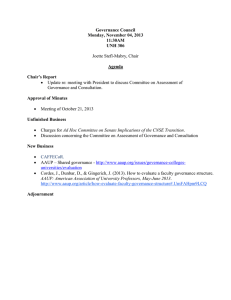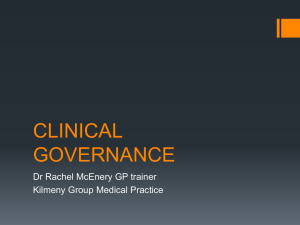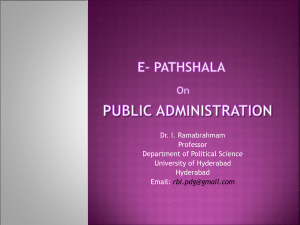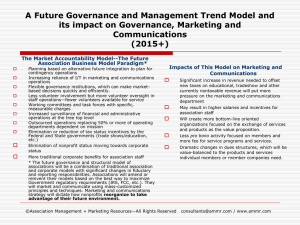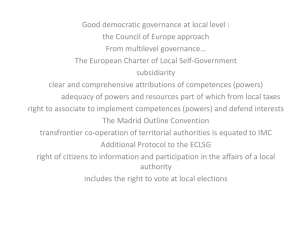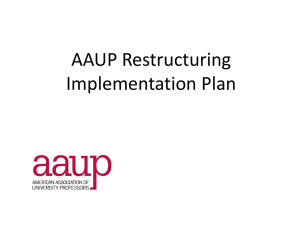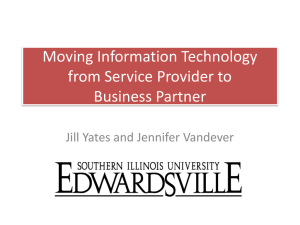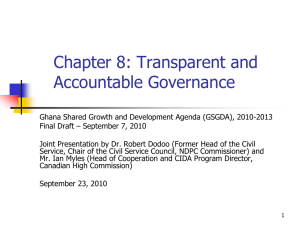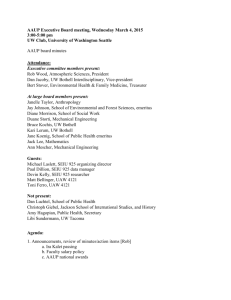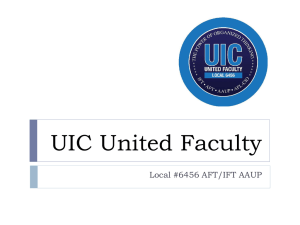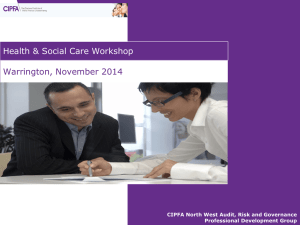Redefining problems and solutions in tough financial times
advertisement
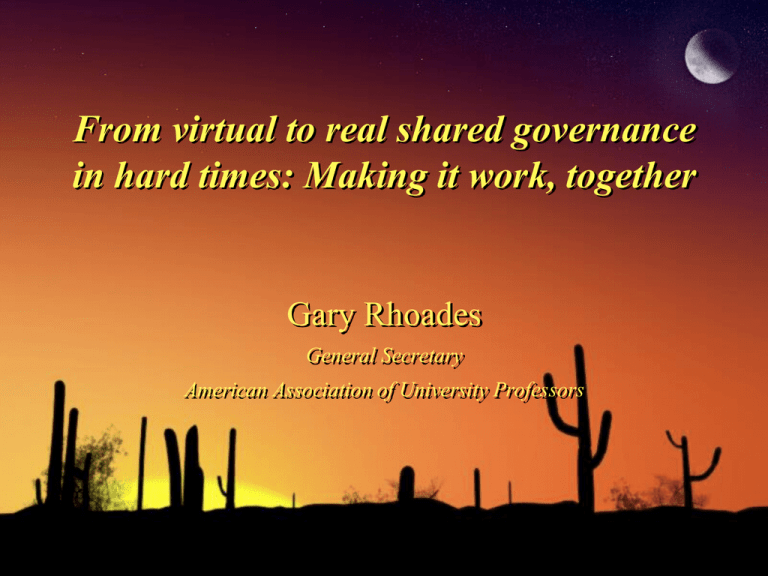
From virtual to real shared governance in hard times: Making it work, together Gary Rhoades General Secretary American Association of University Professors Introducing myself, my work • Professor of Higher Education, Univ of AZ • Research focuses on restructuring of ac prof and institutions: (Managed professionals: Academic capitalism and the new economy) • Managing to be different: from “strategic” imitation to strategic imagination. • Moving up: chasing the rankings. 2 2 The trend line in shared governance the past 25 years Academic strategy (Keller, 1983). A more corporate model of management; layered on top of existing structures. Entrepreneurial universities (Clark, 1998): collegial entrepreneurialism. Balance between managerial discretion and professional autonomy; market like behavior. Managing to be different: from “strategic” imitation to strategic imagination. That’s what threatens collegial governance. AAUP historically, & shared governance Where the concept comes from (AAUP, 1915). AAUP statement on government of colleges and univs (with American Council on Education, and Association of Governing Boards), in 1967. Across the country, governance is the issue. A sense nationally that this is a decisive moment and that the challenges we face require more than catch phrases about getting better & moving up, that require faculty taking the lead. Unions and senates: the AAUP & collective bargaining AAUP statement on academic government for institutions engaged in coll bargaining. 1988 Senates and unions: Unexpected peaceful coexistence. Recent experience: troubling trends. Positive possibilities of shared governance. What shared governance is not 6 What real shared governance is not Shared governance is not sitting in the audience, participating virtually. Shared governance is not a spectator sport. Shared governance is not forums in which faculty ask some questions. Shared governance is not sharing some information. Shared governance is not spontaneous, sporadic meetings and ad hoc committees. 7 Why a strong, collective faculty benefits the organization Practicality--institutionalization of initiatives, and securing distinctive organizational sagas. Practicality--innovative niche building in an organization too complex for one person to understand and see the possibilities of. Practicality--coalition building in the community. 8 What shared governance can be, with AAUP The support and strength of your colleagues; you are lucky in Ohio because you can draw on the expertise and commitment of colleagues at campuses in the state. The intelligence and energy of working and mobilizing across deptl boundaries in your own institution. The strategic insight of faculty colleagues in identifying and addressing key issues. The AAUP is all that, and more. 9 Thank you…
